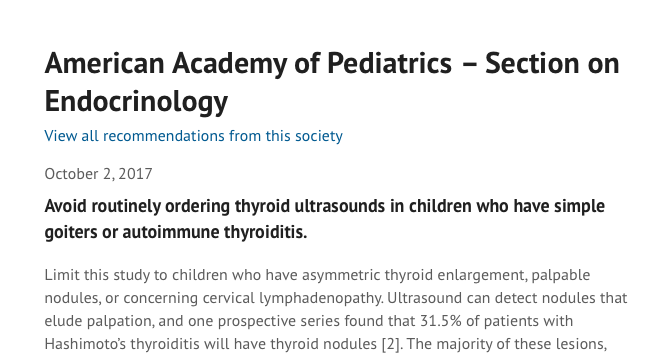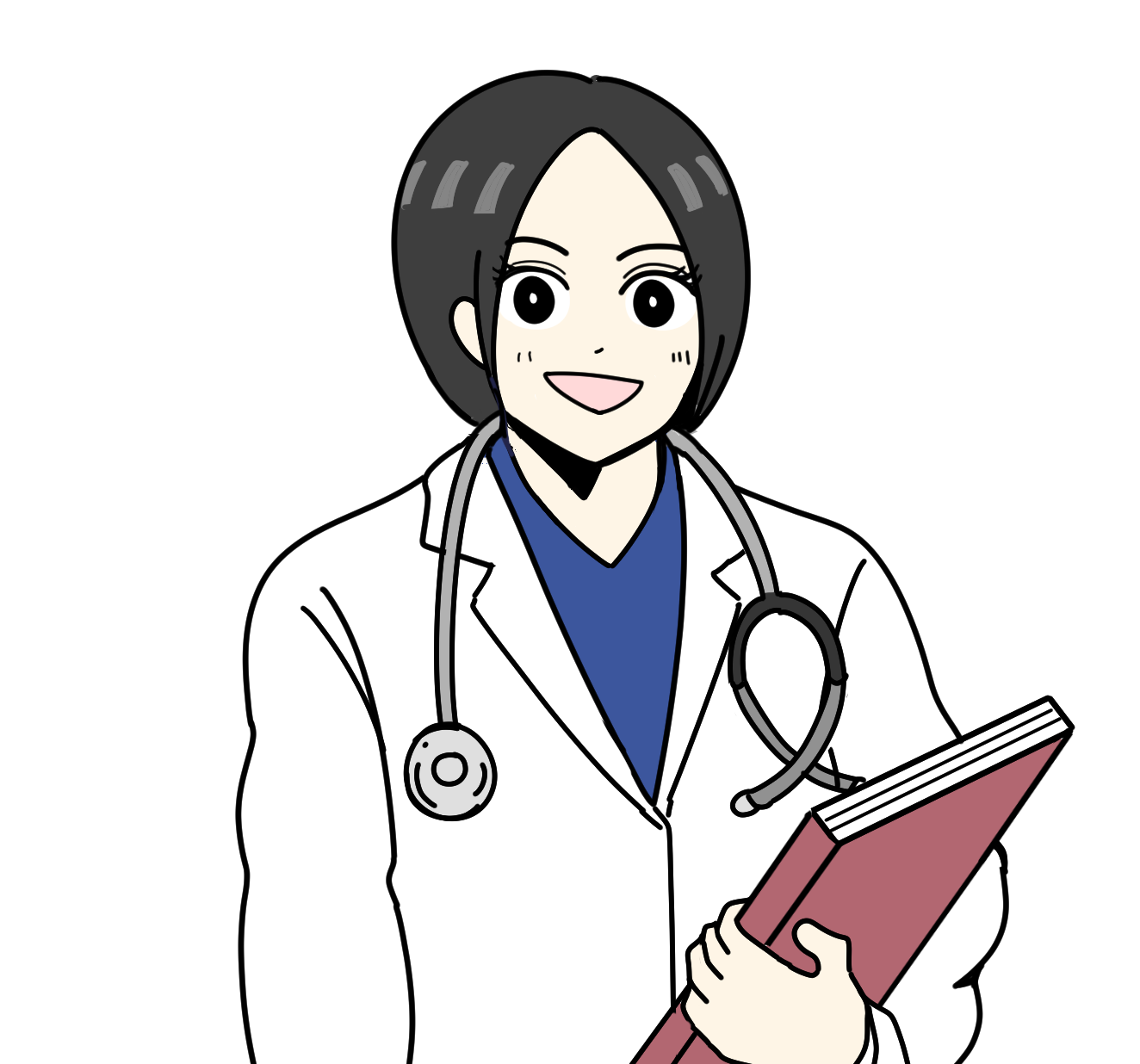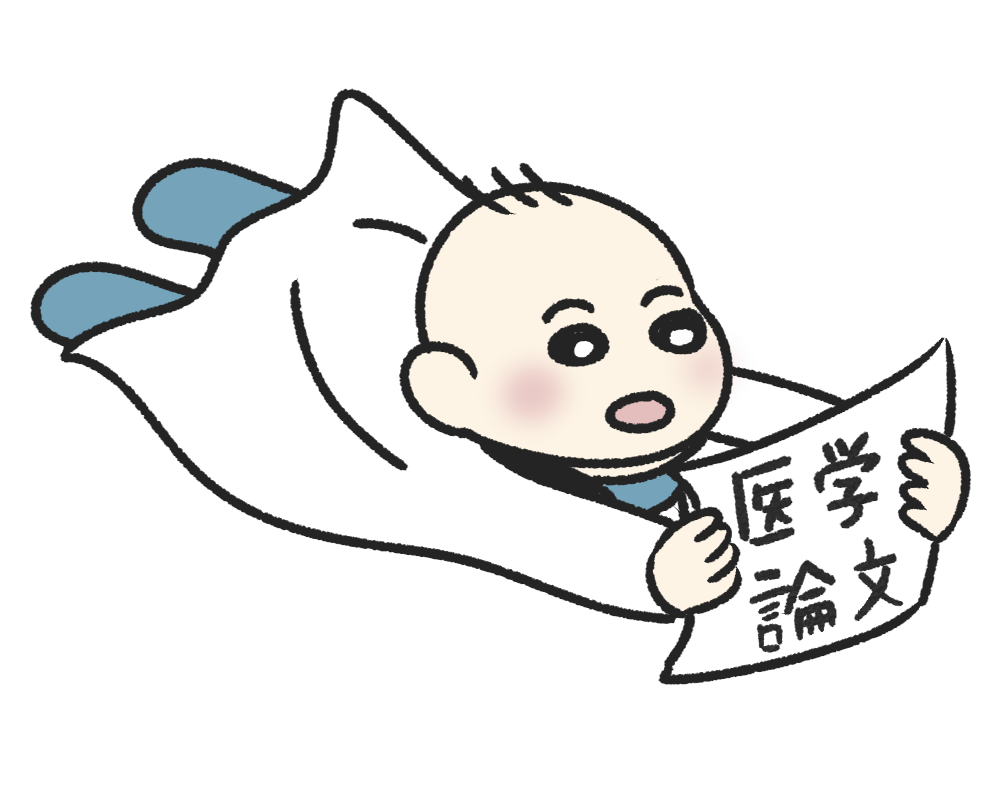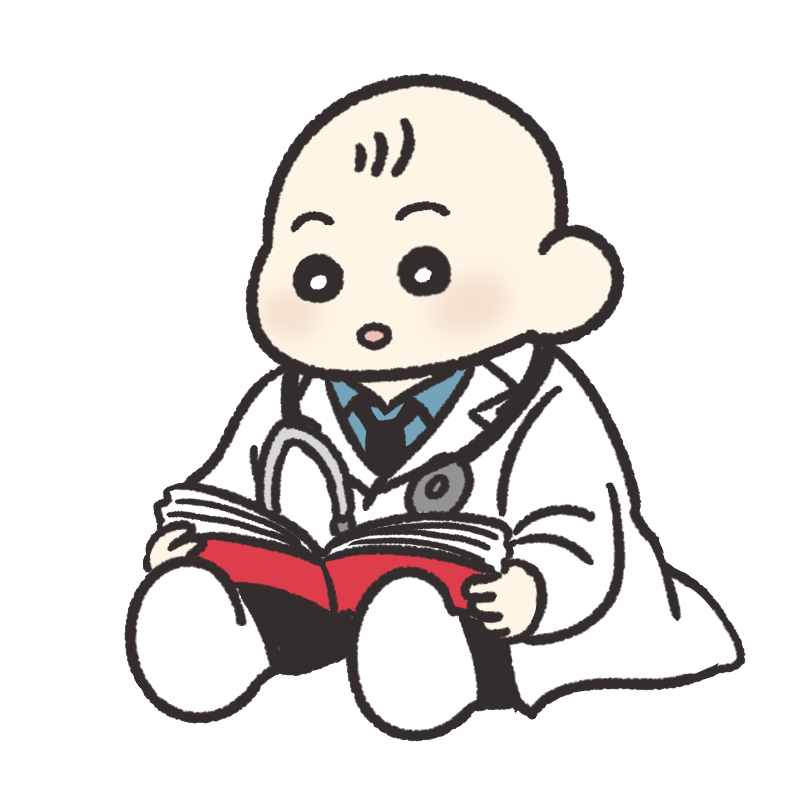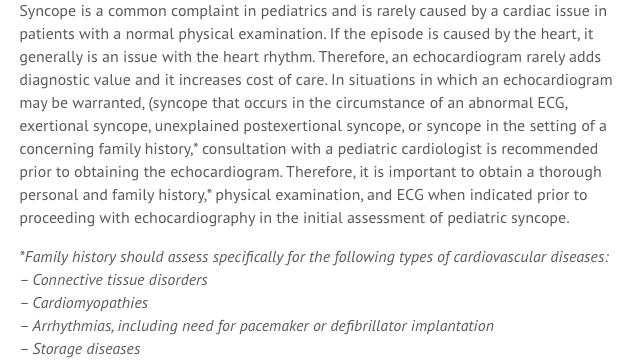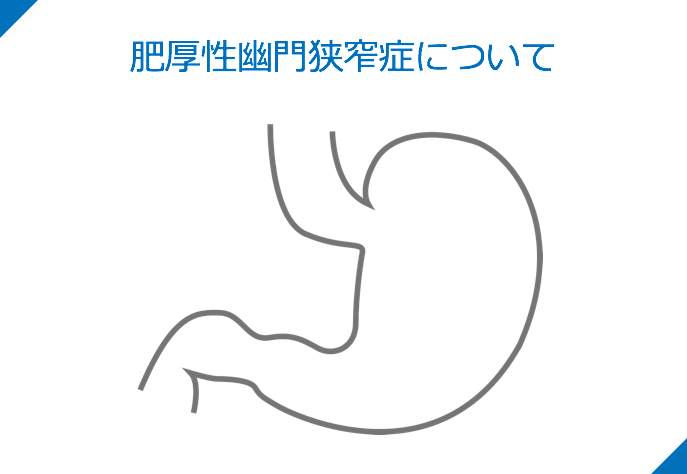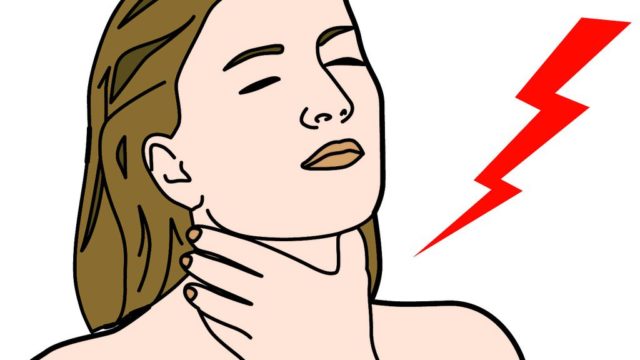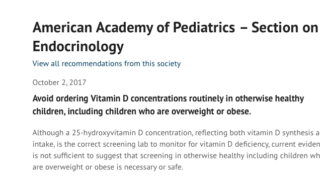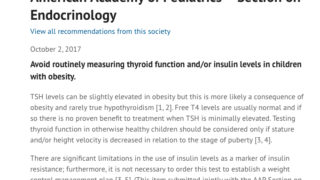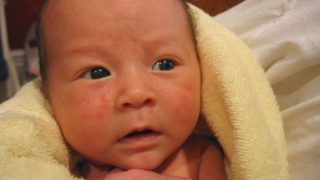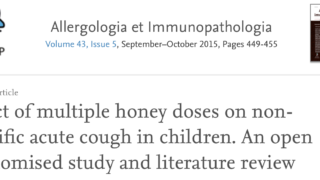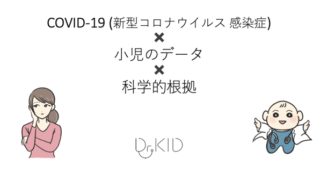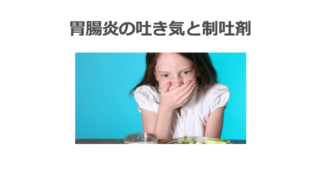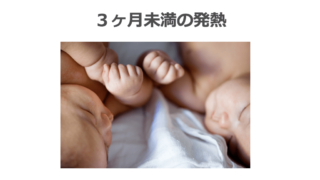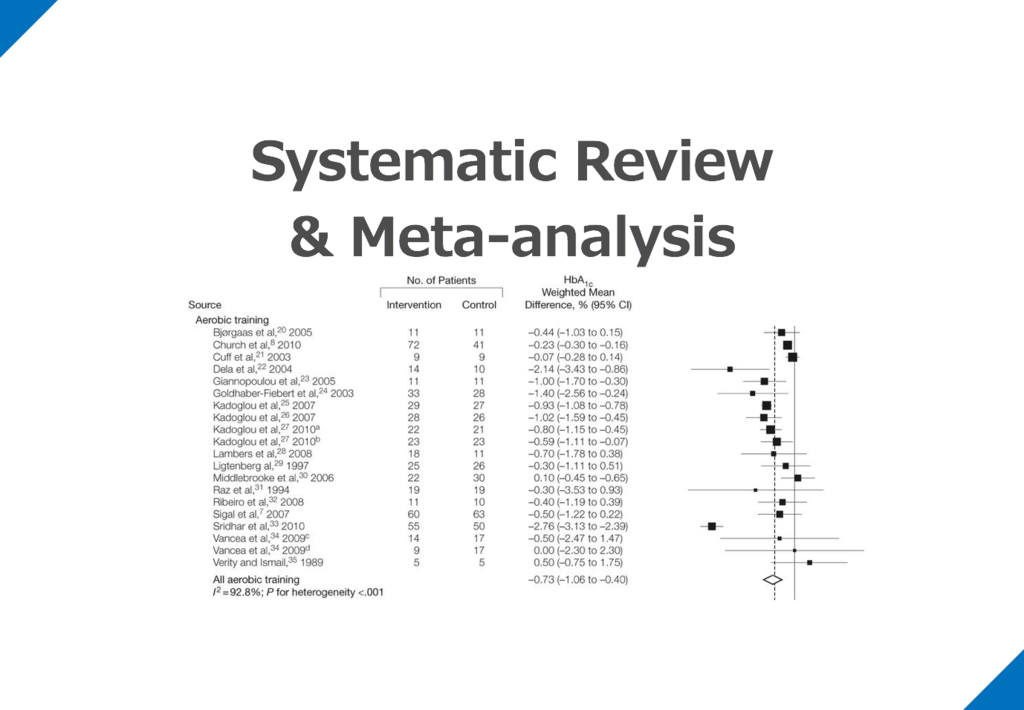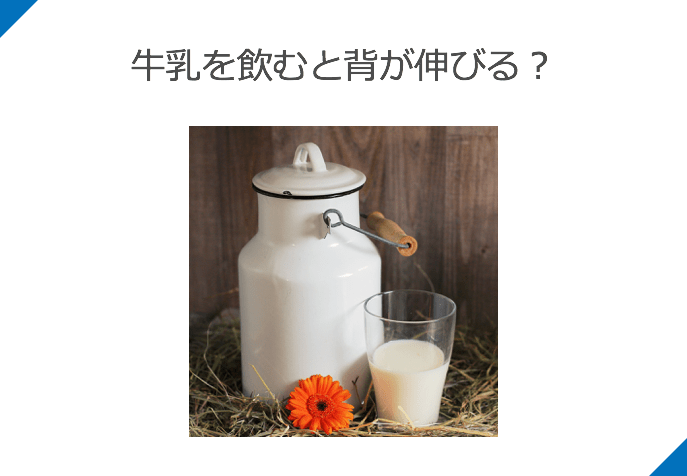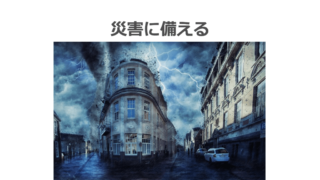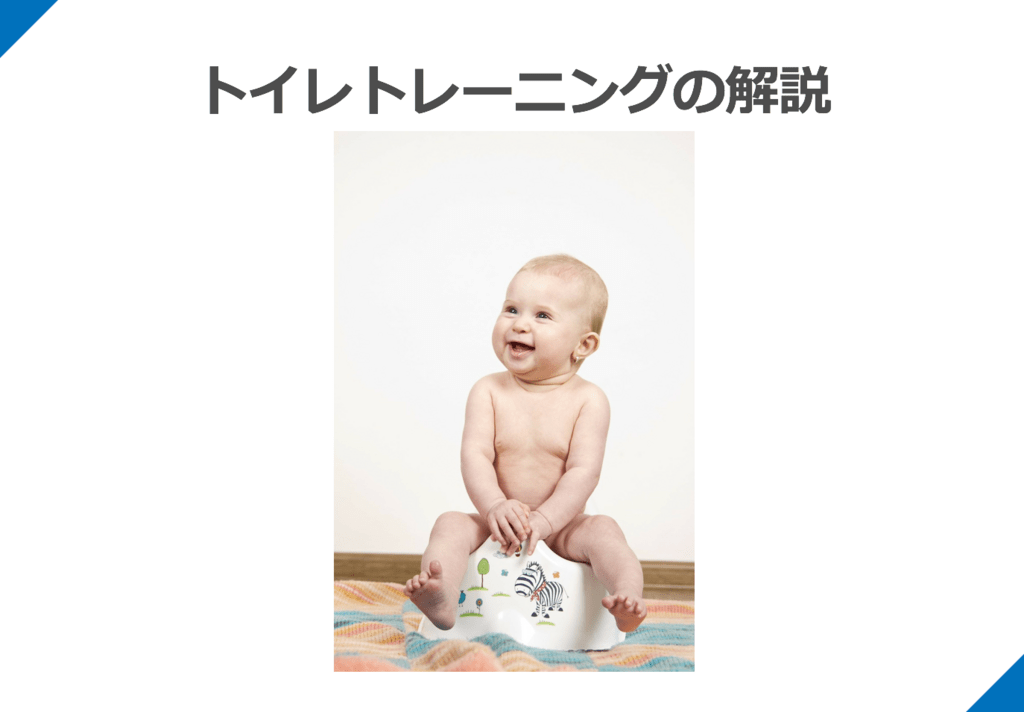今回は、小児の甲状腺疾患と超音波検査に関してです。
この推奨を「choosing wisely」ではどのように記載されているのか紹介してみようと思います。
- Choosing wisely:小児の甲状腺疾患と超音波検査
- 疑わしい病歴や所見のない小児に、ルーチンで検査しない
American Academy of PediatricsからのChoosing Wisely
単純性甲状腺腫や自己免疫性甲状腺炎のある子供に甲状腺超音波検査をルーチンにオーダーすることは避ける[Choosing wisely]
Avoid routinely ordering thyroid ultrasounds in children who have simple goiters or autoimmune thyroiditis.
Limit this study to children who have asymmetric thyroid enlargement, palpable nodules, or concerning cervical lymphadenopathy. Ultrasound can detect nodules that elude palpation, and one prospective series found that 31.5% of patients with Hashimoto’s thyroiditis will have thyroid nodules. The majority of these lesions, however, are not harmful. Overuse of ultrasonography results in needless health care costs and time expenditures for families. More importantly, insignificant findings can create anxiety within patients and parents who are fearful of thyroid cancer. In some cases, the abnormal findings will lead to additional radiographic studies, fine needle aspiration, or aggressive treatment of “pseudo-disease” that will not improve the health of patients.
There is a known association of thyroid cancer with Hashimoto’s thyroiditis, and a pathologic diagnosis of papillary carcinoma was made in 3% of patients in the study cited above. However, there is insufficient evidence to conclude that detecting nodules before they are palpable leads to better outcomes. It seems prudent, therefore, to perform a careful annual physical exam of the thyroid, as recommended for all children who are at are at increased risk of thyroid cancer. If that exam reveals asymmetry, palpable nodules or significant cervical adenopathy then ultrasonography is indicated.
単純性甲状腺腫や自己免疫性甲状腺炎の子供には、甲状腺超音波検査をルーチンにオーダーすることは避ける。
この研究は、非対称性の甲状腺肥大、触知可能な結節、または気になる頚部リンパ節腫脹がある子供に限定する。
超音波は触診ではわからない結節を検出することができ、ある前向き研究では橋本甲状腺炎患者の31.5%に甲状腺結節があることがわかっている。しかし、これらの病変の大部分は有害ではありません。
超音波検査を使いすぎると、必要のない医療費や家族の時間的な支出につながります。
さらに重要なことは、取るに足らない所見が、甲状腺癌を恐れる患者や親の中に不安を与えることです。
場合によっては、異常所見のために追加のX線検査や細針吸引、あるいは患者の健康を改善しない “疑似疾患 “の積極的な治療を行うことになります。
橋本甲状腺炎には甲状腺がんの関連性が知られており、上に引用した研究では、患者の3%に乳頭がんの病理診断が下されています。
しかし、結節が触知できるようになる前に発見することが、より良い治療結果につながると結論づけるには十分な証拠がありません。
したがって、甲状腺がんのリスクが高いすべての子供たちに推奨されているように、年に1回、甲状腺の入念な身体検査を行うことが賢明であると思われます。
その検査で、非対称性、触知可能な結節、または重大な頸部腺症が見つかった場合には、超音波検査が適応となります。
単純性甲状腺腫や自己免疫性甲状腺炎のある子供に甲状腺超音波検査をルーチンにオーダーすることは避けるべきである。
考察と感想
甲状腺炎と超音波検査に関するchoosing wiselyですね。
超音波検査に関しては、偽陽性となってしまう、その後の侵襲的で過剰な検査につながるというとことは、同意でした。
参考文献も読んで勉強します:
Corrias A, Cassio A, Weber G, et al. Study Group for Thyroid Diseases of the Italian Society for Pediatric Endocrinology and Diabetology: Thyroid Nodules and Cancer in Children and Adolescents Affected by Autoimmune Thyroiditis. Arch Pediatr Adolesc Med. 2008;162(6):526-531.
Francis G, Waguespack S, Bauer A, et al. Management Guidelines for Children with Thyroid Nodules and Differentiated Thyroid Cancer: Thyroid. 2015 Jul 1; 25(7): 716–759.
まとめ
今回は、甲状腺疾患と超音波検査に関するchoosing wiselyをご紹介しました。
これ以外にも項目が出ているようなので、コツコツと読んでいこうと思います。
(2025/04/18 15:52:26時点 Amazon調べ-詳細)
Dr. KIDの執筆した書籍・Note
医学書:小児のかぜ薬のエビデンス
小児のかぜ薬のエビデンスについて、システマティックレビューとメタ解析の結果を中心に解説しています。
また、これらの文献の読み方・考え方についても「Lecture」として解説しました。
1冊で2度美味しい本です:
(2025/04/19 05:56:25時点 Amazon調べ-詳細)
小児の診療に関わる医療者に広く読んでいただければと思います。
医学書:小児の抗菌薬のエビデンス
こちらは、私が3年間かかわってきた小児の抗菌薬の適正使用を行なった研究から生まれた書籍です。
日本の小児において、現在の抗菌薬の使用状況の何が問題で、どのようなエビデンスを知れば、実際の診療に変化をもたらせるのかを、小児感染症のエキスパートの先生と一緒に議論しながら生まれた書籍です。
noteもやっています
当ブログの注意点について
当ブログは医療関係者・保護者の方々に、科学的根拠に基づいた医療情報をお届けするのをメインに行なっています。参考にする、勉強会の題材にするなど、個人的な利用や、閉ざされた環境で使用される分には構いません。
一方で、当ブログ記事を題材にして、運営者は寄稿を行なったり書籍の執筆をしています。このため運営者の許可なく、ブログ記事の盗用、剽窃、不適切な引用をしてメディア向けの資料(動画を含む)として使用したり、寄稿をしないようお願いします。
ブログの記載やアイデアを公的に利用されたい場合、お問い合わせ欄から運営者への連絡お願いします。ご協力よろしくお願いします。
